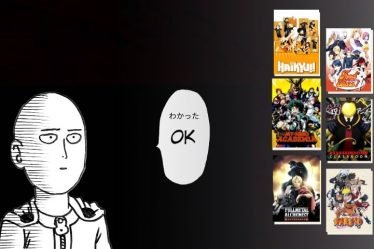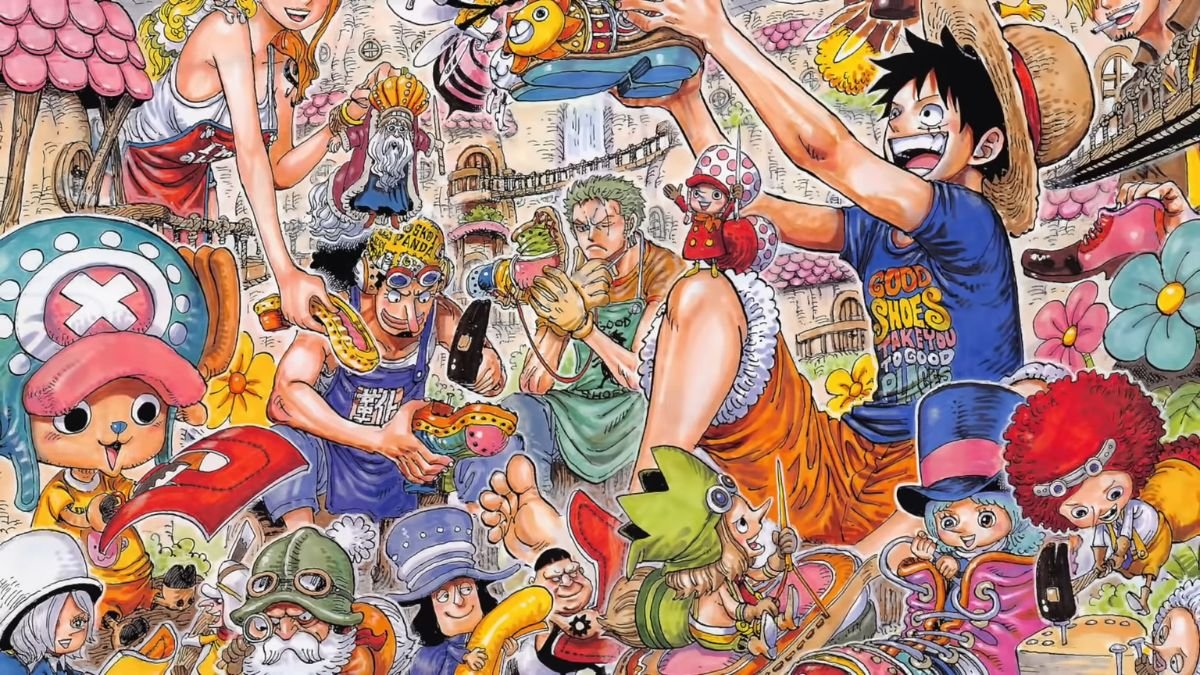
“One Piece,” a name that resonates deeply within the hearts of anime enthusiasts worldwide, has been a cornerstone of the anime industry for decades. With its vibrant characters, intricate plotlines, and a world brimming with adventure, it’s no wonder that this long-running series has garnered such a massive following. However, like any long-standing show, “One Piece” has seen its fair share of highs and lows, especially when it comes to animation quality.
The importance of animation in anime cannot be overstated. It’s the visual medium through which the story unfolds. For a series that boasts intense battles, emotional moments, and a plethora of unique characters, the animation quality can significantly enhance or detract from the viewer’s experience.
Over the years, fans have keenly observed the evolution of “One Piece’s” animation, from its humble beginnings to the recent awe-inspiring debut of Luffy’s Gear 5. This transformation showcases the series’ growth and highlights the ever-changing landscape of anime production.
As we delve deeper, we’ll explore the pivotal moments in “One Piece’s” animation journey, shedding light on when and how the series truly began to shine in its animated glory. From fan reactions to expert insights, join us on this voyage through the animated world of “One Piece.”
The Early Days of ‘One Piece’ Animation:
In the late 1990s and early 2000s, when “One Piece” first set sail on its grand voyage, the animation landscape was vastly different from today. The series debuted in a time when digital animation was still in its infancy, and many studios, including Toei Animation, primarily relied on traditional hand-drawn techniques.
Animation Style and Quality During the Initial Episodes
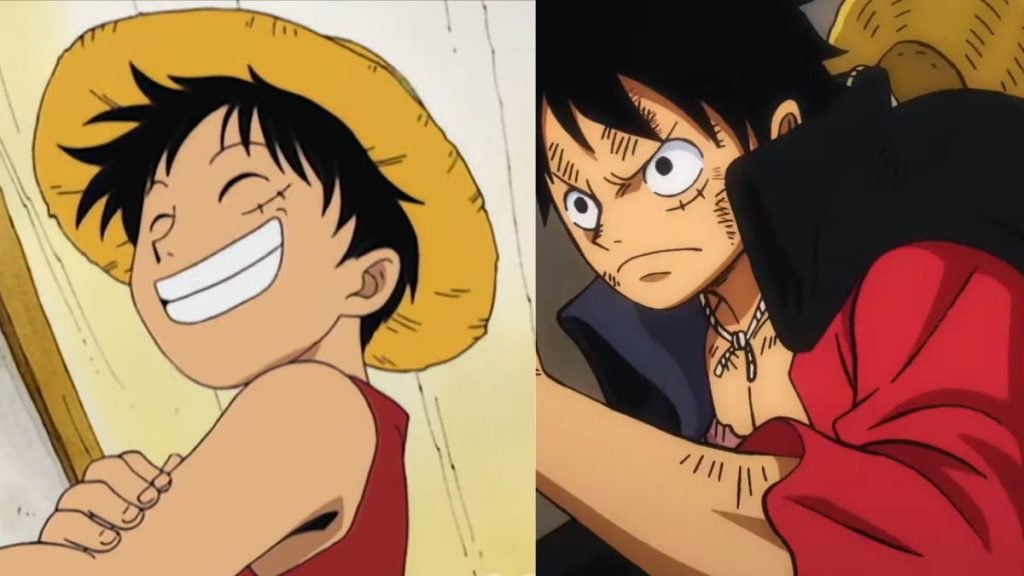
The initial episodes of “One Piece” showcased a raw and organic feel, a testament to the hand-drawn animation of the era. Character designs were simpler, with bold lines and vibrant colors that captured the essence of Eiichiro Oda’s original manga art. The fluidity of movement varied, with some episodes showcasing smooth action sequences, while others appeared more static. This inconsistency can be attributed to the challenges of producing a weekly anime series, where time constraints and budget limitations often come into play.
Backgrounds during this period were detailed and painted with care, creating a vivid world for Luffy and his crew to explore. The East Blue saga, in particular, stands out for its rich portrayal of diverse islands and locales, each with its unique aesthetic.
Factors Affecting Animation Quality in the Early 2000s:

Several factors influenced the animation quality of “One Piece” during its early days:
- Technology: The late 1990s and early 2000s were transitional years in the animation industry. The shift from cel animation to digital was underway, but many studios were still grappling with the new technology. This transitional phase often resulted in a mix of both techniques in various episodes.
- Budget Constraints: As with any long-running series, budget allocation per episode can vary. Some episodes, especially those deemed crucial to the plot, received more attention and resources, leading to higher animation quality. In contrast, filler episodes or those with less significant events might have been produced with fewer resources.
- Production Schedule: Producing a weekly anime series is a difficult task. Tight schedules can sometimes lead to outsourcing episodes to other studios, resulting in varying animation quality. Additionally, episodes produced under time pressure might not have the same polish as those with more extended production timelines.
- Artistic Choices: The early episodes aimed to stay true to the manga’s art style, which meant adapting Oda’s distinct character designs and world-building into animation. This commitment to authenticity sometimes posed challenges in ensuring consistent animation quality.
Key Turning Points in Animation Quality:
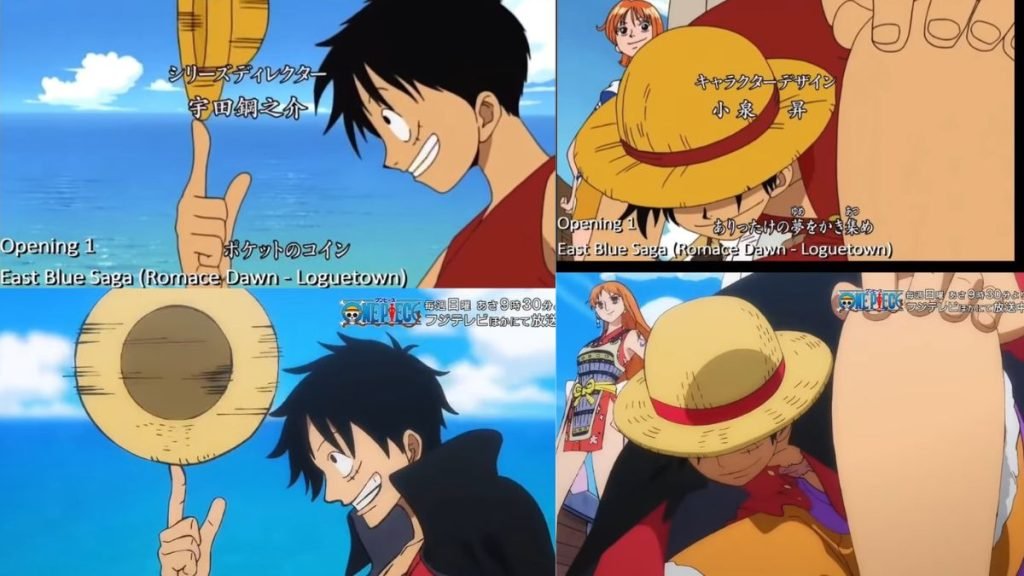
Animation Evolution: From its inception, “One Piece” has witnessed a remarkable transformation in its animation. The initial episodes, with their raw and organic feel, were a product of the era’s animation techniques. As the series progressed, with a healthier budget and a more experienced crew, the animation evolved, becoming more fluid and refined. While some argue that certain production constraints have diluted the art style compared to other anime series, the progression in fight scenes, transformation sequences, and overall character designs is undeniable.
The Drastic Rise in Animation Quality: The Wano arc marked a new era in “One Piece” animation. With the introduction of veteran director Tatsuya Nagamine, the series underwent a visual transformation. Nagamine’s focus on nurturing young talent led to the rise of young directors and animators who became the driving force behind the series’ animation quality. The series also benefited from the involvement of Acai Production, responsible for the improved lighting and overall cinematography.
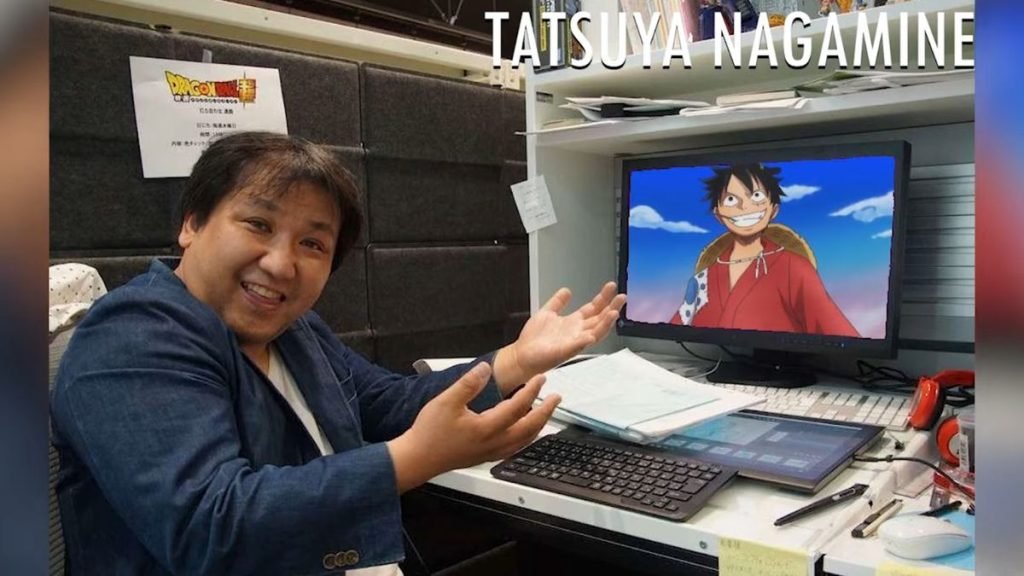
Move to HD: One of the significant milestones in “One Piece” animation was the transition to High Definition (HD). This promintne change in One Piece animation happened around the 270th episode around the time when Luffy activates 2nd Gear.
Premiering in the late ’90s, the series initially aired during the reign of standard television. However, by the time it reached the Water Seven Arc, there was a clear shift to HD, evident in the enhanced quality and the introduction of borders during flashback arcs.
Gear 5 Animations Stormed the Internet:
The release of “One Piece” episode 1071 was nothing short of a global phenomenon. As fans eagerly awaited Luffy’s fabled Gear 5 transformation, the episode’s anticipation was so immense that it caused multiple online platforms, including Crunchyroll, to crash. The servers of Crunchyroll, one of the most popular anime streaming platforms, couldn’t handle the surge in traffic, crashing even before the episode aired. The aftermath saw fans flocking to Twitter, discussing the episode’s impact and the challenges they faced trying to watch it.
The episode’s reception on various streaming platforms is a testament to its significance in the “One Piece” universe and the anime world in general. The overwhelming response confirmed that the episode forced the majority of sites to crash upon its release.
What Fans Can Look Forward to in Terms of Animation:
- Comparison with Other Iconic Transformations: Luffy’s Gear 5 transformation has set the anime community abuzz, with episode 1071 breaking many records and shutting down streaming networks. While rival fandoms have debated the impact of Gear 5 compared to other iconic transformations like Naruto’s Baryon Mode or Dragon Ball’s Ultra Instinct, the sheer volume of discussions around Gear 5 speaks volumes about its significance.
- Twitter Trends: The Gear 5 episode has set new records on Twitter, surpassing previous milestones set by episodes like 1015 and 1062. Three hashtags related to the episode trended simultaneously: #Luffy, #Gear5, and #ONEPIECE1071, showcasing the episode’s global impact.
- Future Expectations: With the Gear 5 episode laying the groundwork for the decisive clash between Kaido and Luffy in episode 1072, fans can expect more breathtaking animation sequences. The transformation into the “Warrior of Liberation” hints at more intense battles and pivotal moments in the series, promising a visual treat for fans.
In conclusion, Luffy’s Gear 5 transformation has not only redefined the animation standards for “One Piece” but has also set the stage for future episodes. As the series progresses, fans can look forward to more groundbreaking animation sequences, intricate plot developments, and moments that will continue to captivate the global audience.




